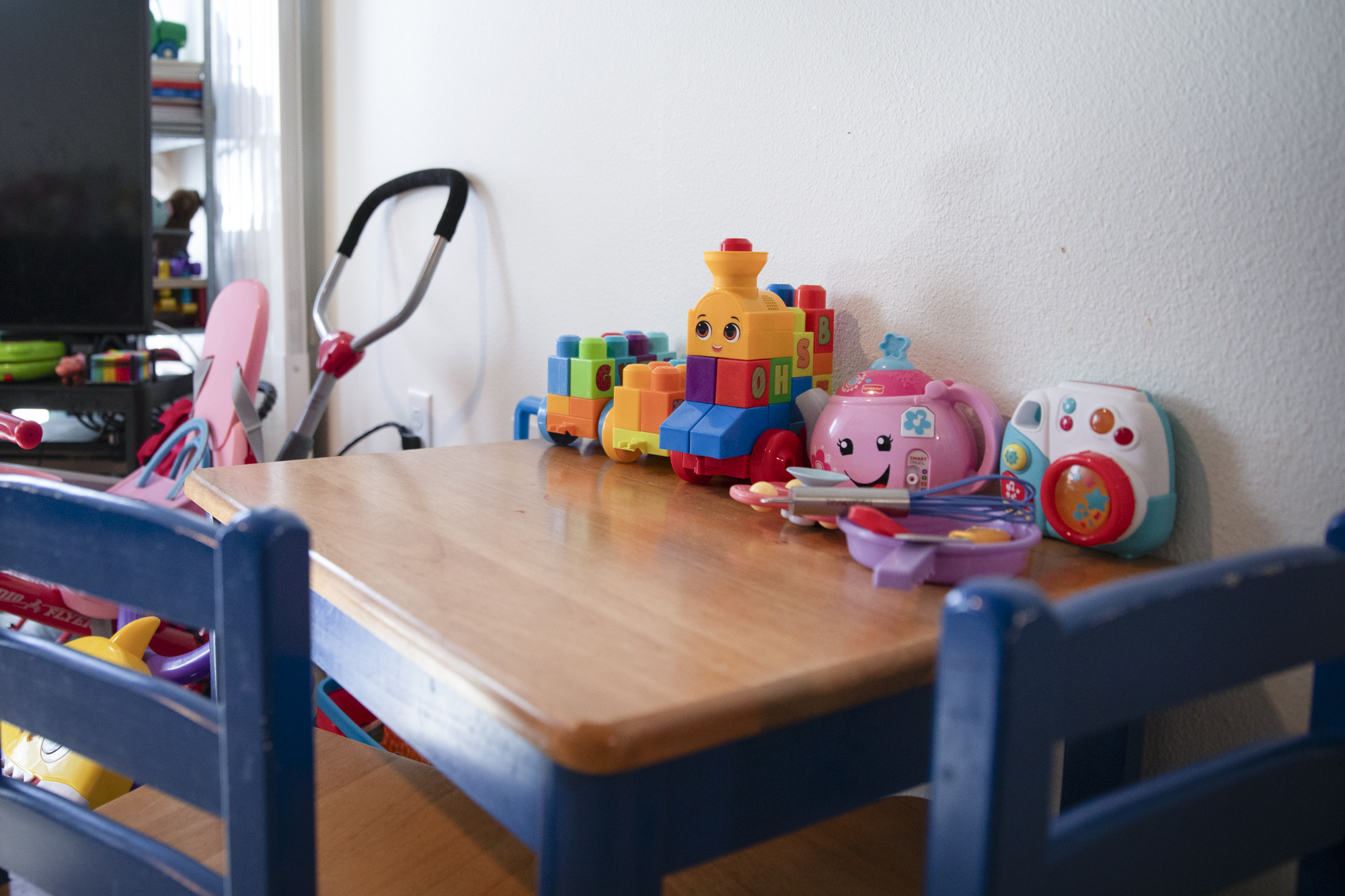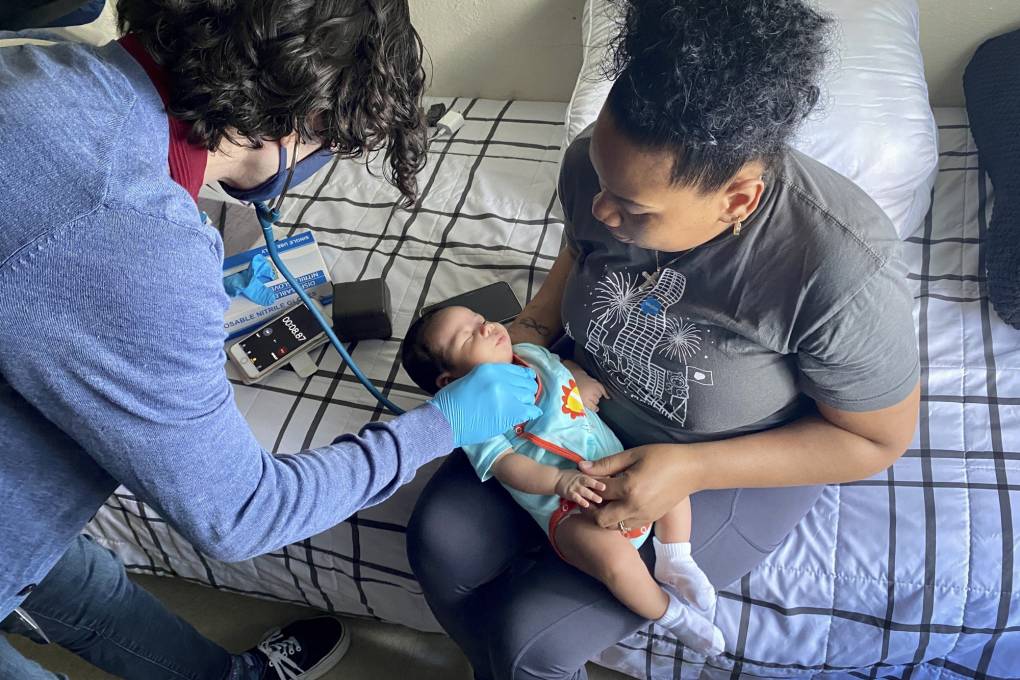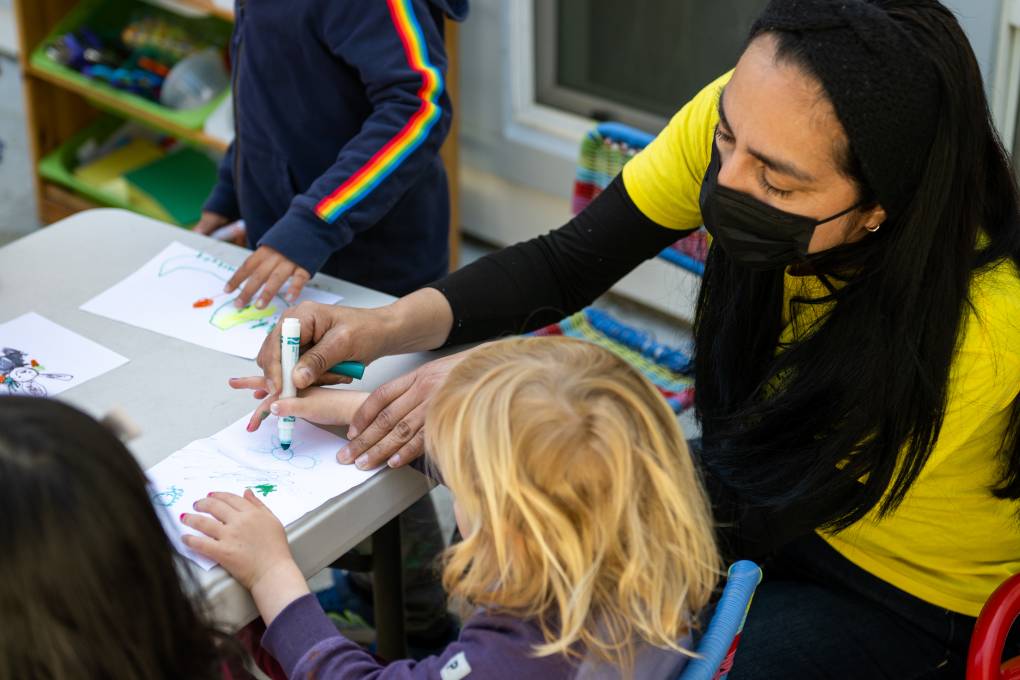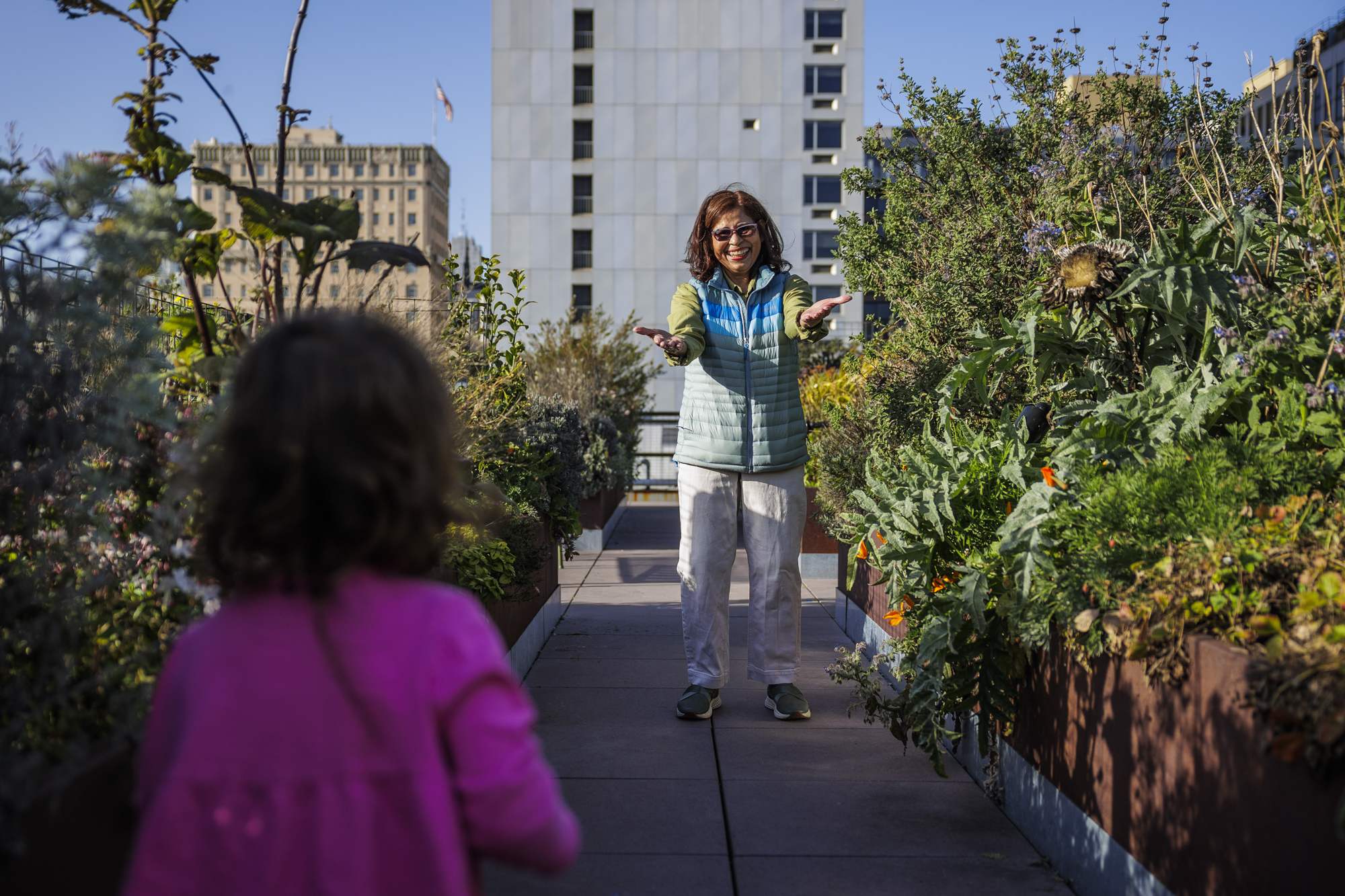Chac said she’s upset about missing early intervention during a stage when it can make the greatest impact on her daughter’s development.
“Time is of the essence for her,” Chac said. “I’m mad that we fell through the cracks.”
Eric Zigman, executive director of the GGRC, said he’s keenly aware of providers’ reluctance to serve certain neighborhoods and calls it a distressing situation. He said his hands are tied as long as the state pays providers less than the market rate for their services.
“Until those rates are changed, we can’t control every action of every provider,” Zigman said.
Inadequate funding and a shortage of providers have limited regional centers’ ability to improve access and delivery of Early Start services, according to a 2022 analysis of the program by the California Budget & Policy Center.
Early Start’s problems have raised enough of a concern that the federal Office of Special Education Programs deemed California “needs assistance” to improve outcomes for children who receive early intervention services.
Pushing back against Zoom therapy
Advocates say that a growing reliance on telehealth is also leading to substandard care.
California allowed remote delivery of early intervention services at the beginning of the pandemic to ensure children continued to receive care. But as the threat of COVID-19 subsided, advocates said the practice continued.
Intervening early and in the child’s home should be the “gold standard,” said Amy Westling, executive director of the Association of Regional Center Agencies. However, the regional centers have a hard time finding providers and paying them a competitive rate, she said.
“If the service can’t be provided in the natural environment or we can’t identify a provider to do so, we don’t want to say then, ‘We’re not going to offer some alternative,’” Westling said.
Left without choices, Balladares tried virtual therapy, but she couldn’t get her foster daughter to focus or respond to the therapist. She said children need to form relationships in person in order to learn.
“Nothing replaces a person-to-person relationship, especially for a child,” she said.





